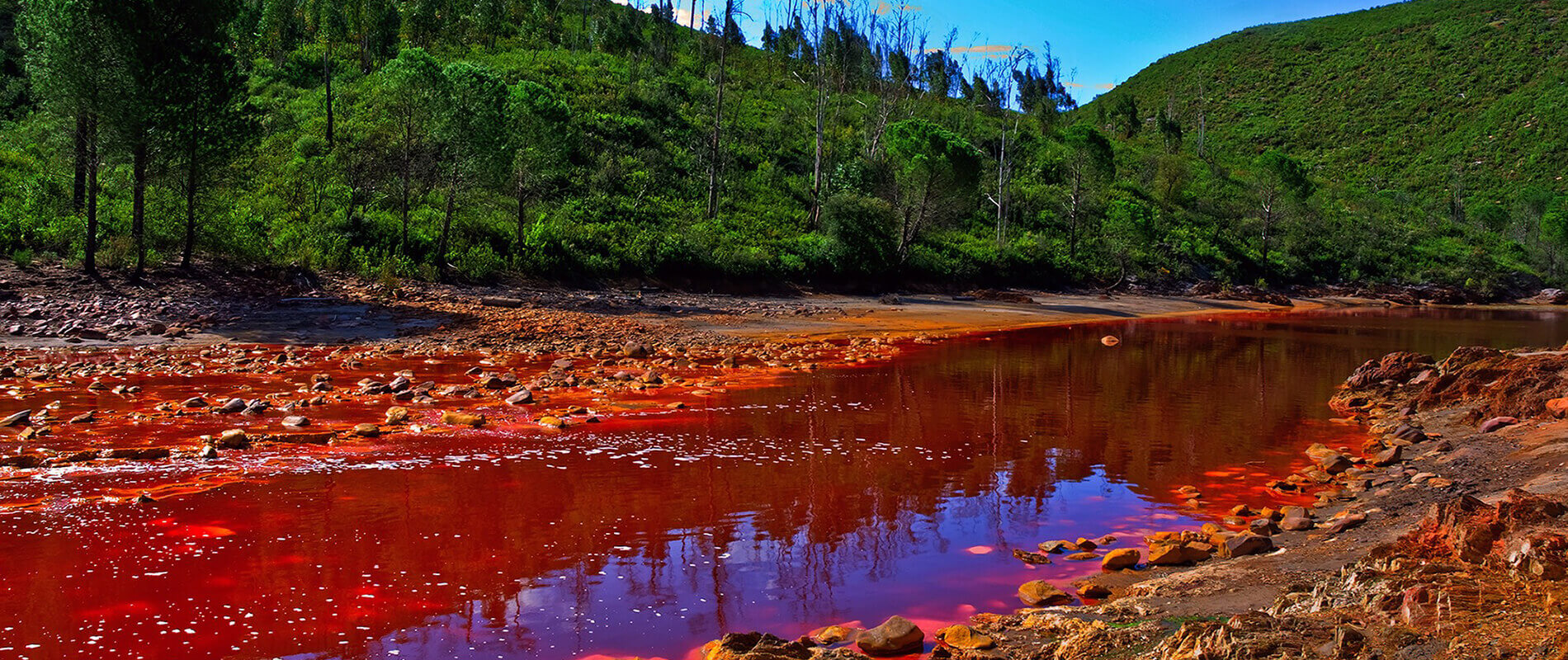
Unravelling a mystifying blend of beauty and peril, Rio Tinto, located in Spain, stands as one of the most unique and momentous rivers in the world. While its intricate network of water channels, steep hills, and visually stunning reddish hues paint an alluring picture, Rio Tinto hides a dangerous secret: it's one of the most polluted and hazardous rivers in the world.
The origins of the Rio Tinto, or "Red River," stretch back to around 3000 BC when the Tartessians commenced mining at the site. Later, the Romans continued these endeavours, palming off enormous quantities of copper, silver, and gold from the river. Turn around a few centuries ahead, and the river would be exploited extensively for around 5000 years before the mining operations were halted in 2001.
Traversing through the province of Huelva in southwestern Spain, Rio Tinto emanates from the Sierra Morena mountain range and merges into the Atlantic Ocean.
It is the journey through the historically mining-rich ground that presents to Rio Tinto its signature characteristic: acid water with a pH almost as low as battery acid. Its striking red, orange, and brown hues, from afar, draw comparisons with Martian landscapes.
.jpg)
Though it's this extreme acidity and dissolved heavy metals which give it its unique rust colour, it also renders it highly toxic. The contamination of the river is primarily due to the process of bioleaching, which involves the use of bacteria to separate metals from their ores. It releases hazardous substances such as copper, gold, and iron into the river, transforming its waters into a lethal concoction.
Despite the toxicity, the Rio Tinto heralds as a paradigm of extremophile biodiversity. Microorganisms called extremophiles thrive in the highly acidic environment of the river. Many of these microorganisms are chemolithotrophs, deriving their energy from inorganic compounds and capable of tolerating extreme pH levels, temperatures, and heavy metal concentrations.

The peculiar ecosystem of Rio Tinto provides invaluable insight for astrobiologists in their quest to understand potential life forms on other planets. Scientists often conduct research in the river to study how life might survive in seemingly inhospitable environments, such as Mars, which shares similar acidic and mineral conditions.
A beacon of scenic grandeur belying dire toxicity, Rio Tinto is a living paradox. Its allure lies not only in the strikingly surreal landscapes it shapes but also in the intriguing microbial life that it harbours amidst the extreme conditions.
Indeed, Rio Tinto is a testament to the resilience of life, and a glaring indicator of the extent of environmental damage that human activities have inflicted. The shifting narrative of the river from an economic goldmine to a desperate call for environmental preservation brings to the fore the pressing need for sustainable practices and effective mining waste management.
As we continue to strive for economic progress, the story of Rio Tinto is a chilling reminder to remember the significant responsibilities we bear towards preserving our planet's health and biodiversity.